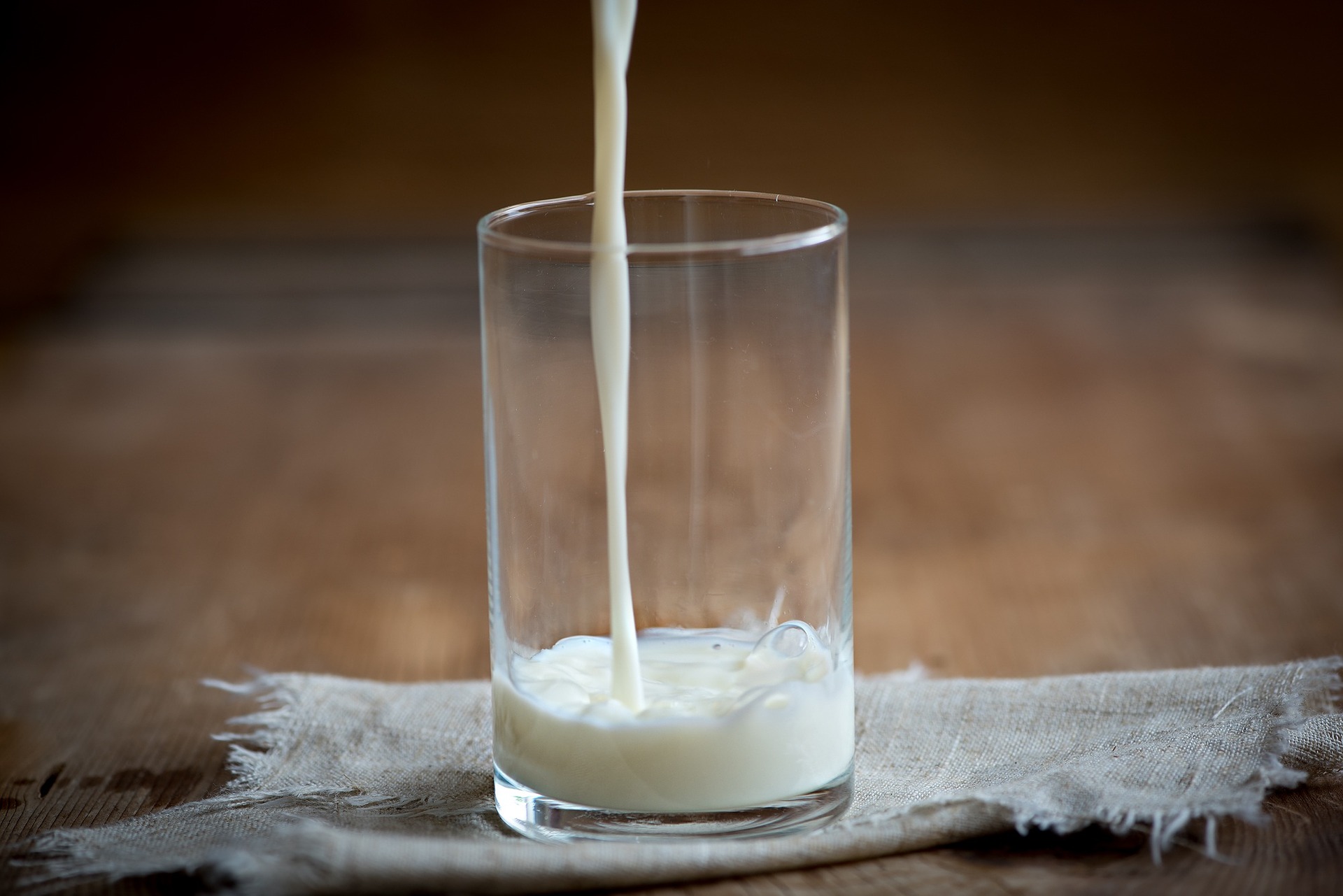
Researchers, have mapped the type and quantities of drinks consumed around the world in one of the most comprehensive global studies ever conducted.
The beverages we drink represent a substantial source of our daily calories and nutrients, yet standardized methods for tracking beverage consumption have been limited.
This new and comprehensive assessment of worldwide beverage consumption reveals substantial differences in the beverages consumed by different demographic groups in 185 countries.
The data, derived from the Global Dietary Database project, is one of the most comprehensive standardized methods for tracking beverage consumption to date and is based on data from 2015 derived from more than 1,100 surveys representing 6.78 billion people worldwide, as well as data on beverage availability.
“These preliminary data derived from the Global Dietary Database project can help inform nutrition transitions over time, the impacts of these beverages on global health, and targeted dietary policy to improve diet and health,”
– Lead study author Laura Lara-Castor, a doctoral student in the Friedman School of Nutrition Science and Policy at Tufts University.
The researchers found that globally, beverage consumption was generally highest among younger people, those who have attained a higher education level and those living in urban areas.
Milk intake was highest in the high-income region, especially in those Scandinavian countries where dairy is a traditional part of the diet. In Sweden, for example, the average adult drank 2,9 deciliter (about 10 ounces per day or 1.3 cups) of milk. The countries with the lowest milk intake were China, Togo, and Sudan.
Sugar-sweetened beverage and fruit juice intake were found to be highest in the Latin American region where commercial and homemade sugar-sweetened beverages and fruit drinks are widely consumed.
Consumption of sugar-sweetened beverages was highest in Mexico, where the average adult drank more than 5,6 deciliter (19 ounces per day or roughly 2.5 cups) per day, followed by Suriname and Jamaica, where adults drank nearly 4,4 deciliter (15 ounces) per day. The lowest intake was in China, Indonesia and Burkina Faso.
Milk intake was highest both below the age of 12 and above the age of 72, as well as among people with higher educational status and those living in urban areas.
“These data highlight gaps in dietary surveillance, further helping inform nutrition transitions over time, the impacts of these beverages on global health, and targeted dietary policy to improve diet and health.”
– Laura Lara-Castor
The researchers note that the study itself contains some limitations: for example, intake data was limited for certain beverages, countries and time periods. But it does give us a fairly good idea of what the world is drinking and this may help develop nutritional policies that could be beneficial to public health.
The research will be presented in full later today at Nutrition 2019, an annual meeting of the American Society for Nutrition in Baltimore.






















